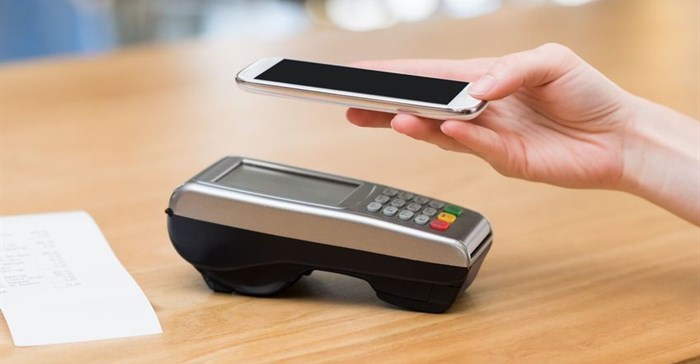






The new research POS & mPOS Terminals: Vendor Strategies, Positioning & Market Forecasts 2017-2022, found that adoption in the US would rise sharply over the period, with contactless rising from less than 2% of transactions this year to 34% by 2022. It argued that customer dissatisfaction at the slower speeds of chip card transactions, allied to burgeoning contactless infrastructure, would provide further impetus for smartphone-based payments currently dominated by Apple Pay.
According to the research, in markets where contactless has been heavily promoted, such as Poland and the UK, adoption has soared, while mandates both from Visa and Mastercard mean that all POS terminals in many markets must be contactless-enabled by 2020.
As research author Dr Windsor Holden pointed out: “While US card issuers haven’t yet made contactless a priority, the extremely positive response across Europe, both from merchants and consumers, suggests the US would see very rapid migration at POS if and when contactless cards become mainstream.”
However, the research cautioned that for non-contactless payments, the US’s reluctance to implement PIN at POS meant that the full benefits of CP (Card Present) fraud reduction, experienced elsewhere by the migration to EMV, were unlikely to be realised.
The research also anticipated that smaller merchants would increasingly embrace mPOS (mobile Point of Sale) accessories, which facilitate payments via a connection to a mobile device, as competition in the space intensified. It argued that Square’s recent entry into the UK would provide an added stimulus to that market. It further claimed that the growth in this market would, in turn, accelerate the transition from cash to card payments, particularly for lower-value transactions.